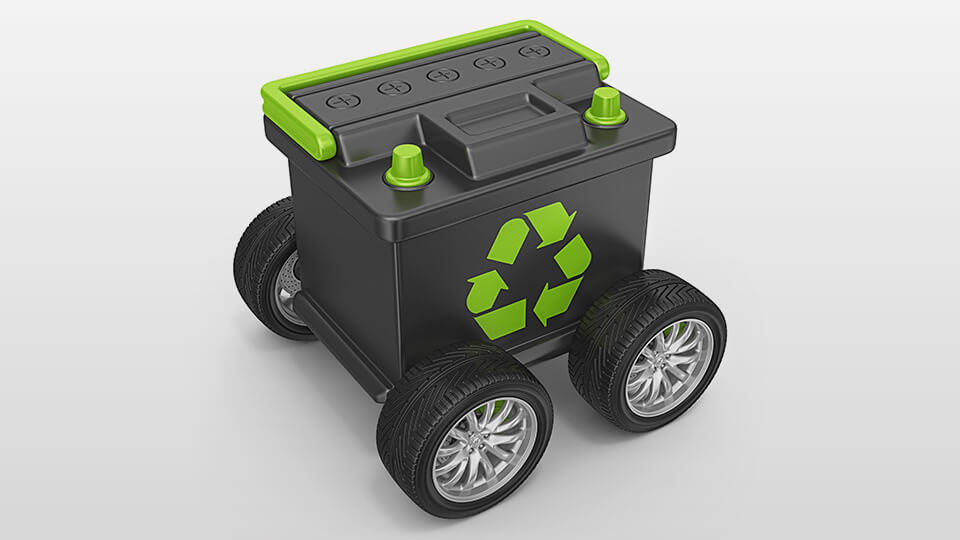Recycling old batteries to work as new might sound unrealistic but new independent tests show it can be done. Redwood Materials, a US specialist recycling company believes that using cathodes can revolutionise the process. How much power a battery holds, and how long it lasts, depends on its lattice of metallic atoms-how well it can catch and release lithium-ions. Our current designs for phones and electrical vehicles suggest we have got good at it. But the cathode is the place where things inside the battery typically go wrong. The structure ultimately loses its integrity and ceases to operate.
Whilst the structure fails the atoms inside the cathode haven’t changed. In theory it should be possible to reuse them. Redwood Materials believe that the elements in battery materials don’t know if they are in a battery, or a mine. With a shortage of cobalt and nickel the proposition is that an ‘atom is an atom’. The performance of the two materials should be the same whether we are comparing recycled materials to virgin ones.
Redwood is one of several companies trying to turn a supply of old battery materials for new ones. Essentially, we are looking to use up waste that could ease some of the pressure on new mines, supply and ultimately price. The company is looking to invest $3.5 billion dollars over 10 years on a new plant. Expectations are that it will produce enough cathode material (as well as copper anode foil) for 100 GWh worth of battery cells by 2025. The is roughly equivalent to what CAT, the dominant battery maker in China produced last year.
Despite this new initiative and the attempts by other US companies to lift infrastructure spending in this area China remains dominant. According to Benchmark Mineral Intelligence, China makes 78% of the world’s cathode materials, and that share is poised to grow to 90 per cent by 2030.
With growing demands on batteries and uneasy strategic imperatives the reliance on one source of supply is a major worry. Whatever the outcome more mines are going to be necessary as the thirst for these metals is insatiable.





